Template loop detected: Template:HFLS H2Z Hangzhou<!DOCTYPE html>
Design
Click on each icon to see more details
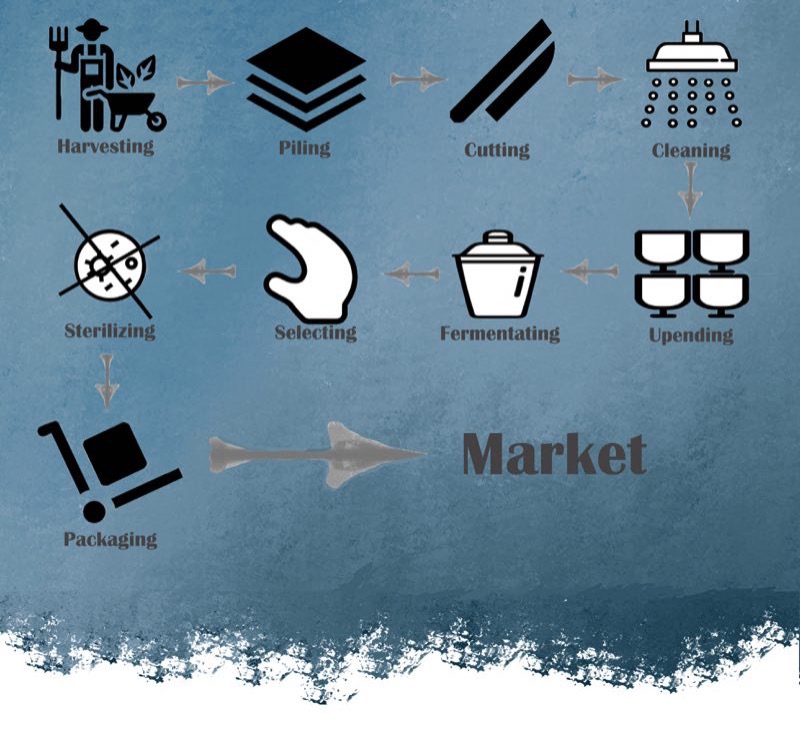
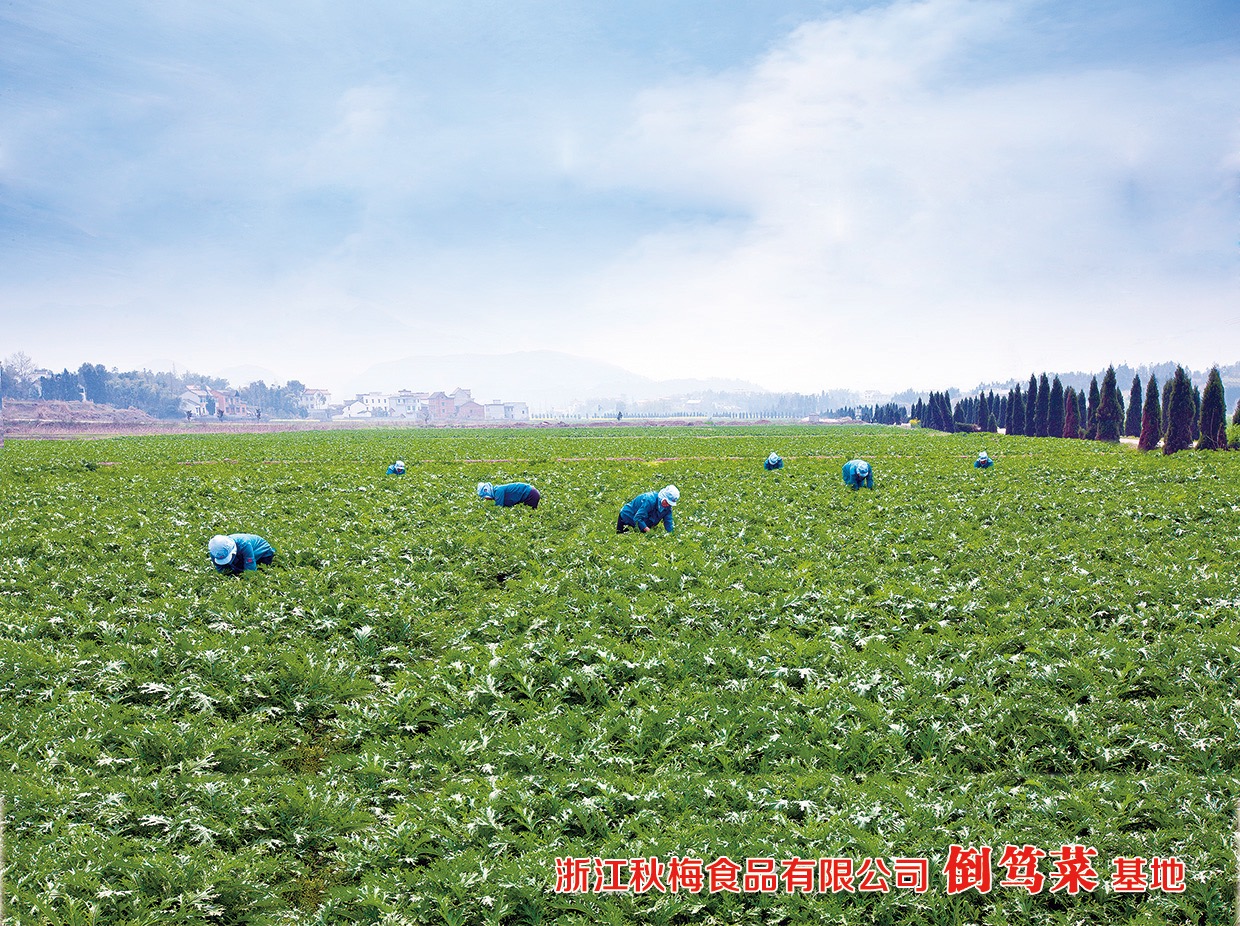 To make better pickles, we only select mustard with much stem since stem tastes more resilient than leaves after pickling process.
To make better pickles, we only select mustard with much stem since stem tastes more resilient than leaves after pickling process.
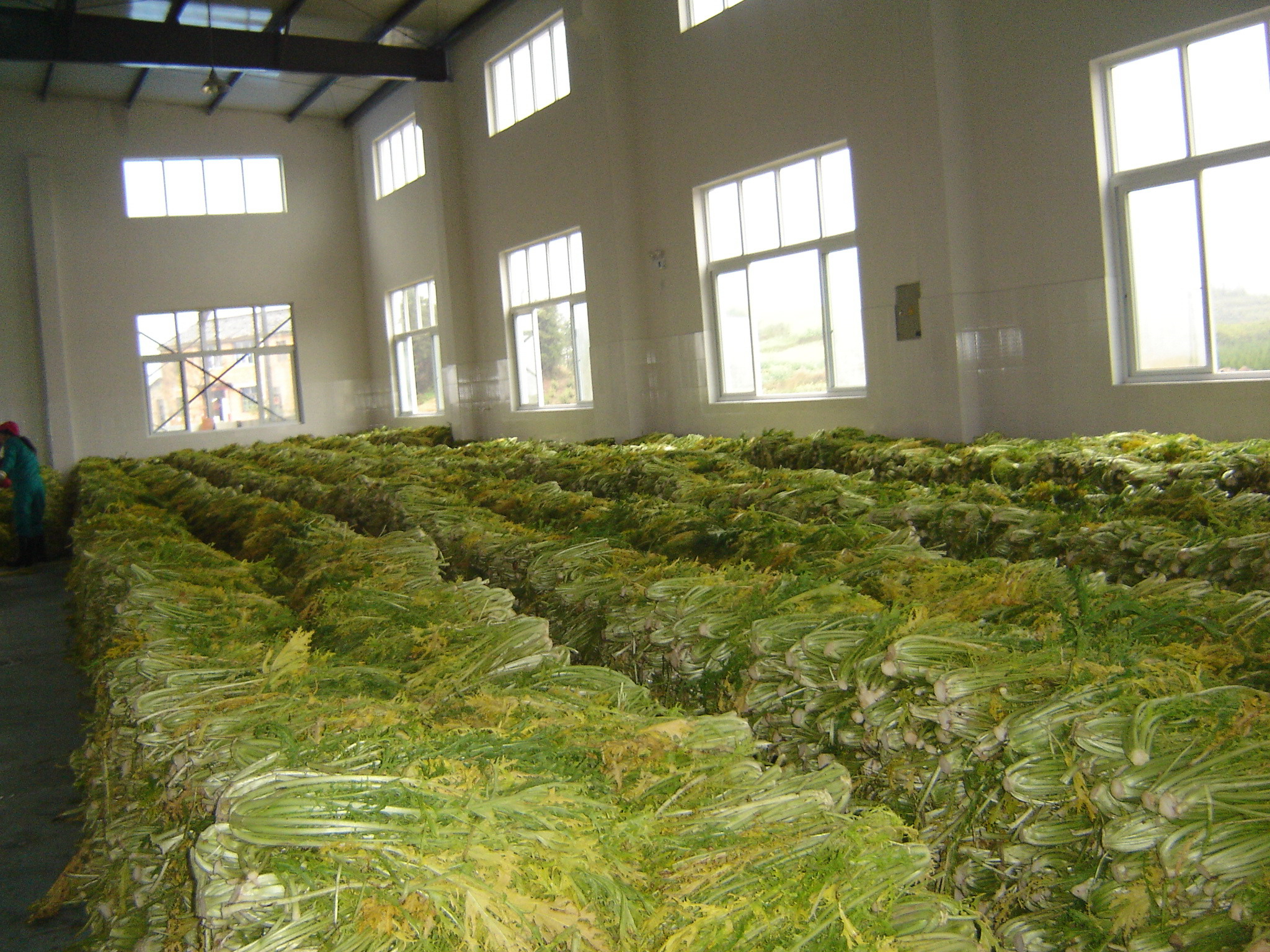 The second step is an intermediary step-piling. After we collect enough mustard, we pile them in stock in order to make it easier to be coped with in the following procedures.
The second step is an intermediary step-piling. After we collect enough mustard, we pile them in stock in order to make it easier to be coped with in the following procedures.
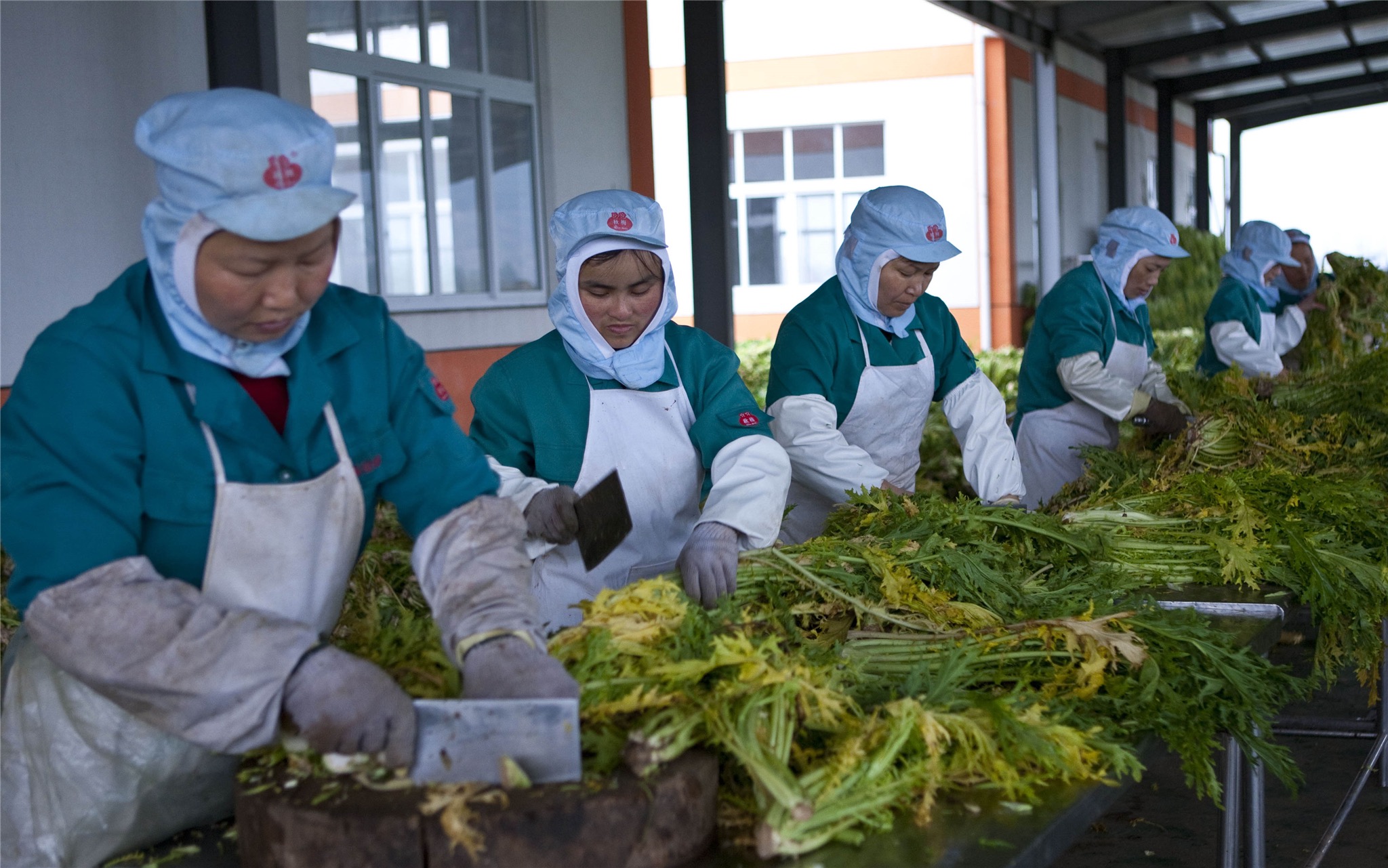 Cutting The third step is to cut the root of mustard: root is not necessary in the pickling process since roots are more difficult for customers to munch. Sometimes, if the pickling process is not strictly controlled, roots may generate large amount of alcohol, which will influence the ultimate productivity of pickles. Also, we need to cut the mustard into less than 0.1m per piece.
Cutting The third step is to cut the root of mustard: root is not necessary in the pickling process since roots are more difficult for customers to munch. Sometimes, if the pickling process is not strictly controlled, roots may generate large amount of alcohol, which will influence the ultimate productivity of pickles. Also, we need to cut the mustard into less than 0.1m per piece.
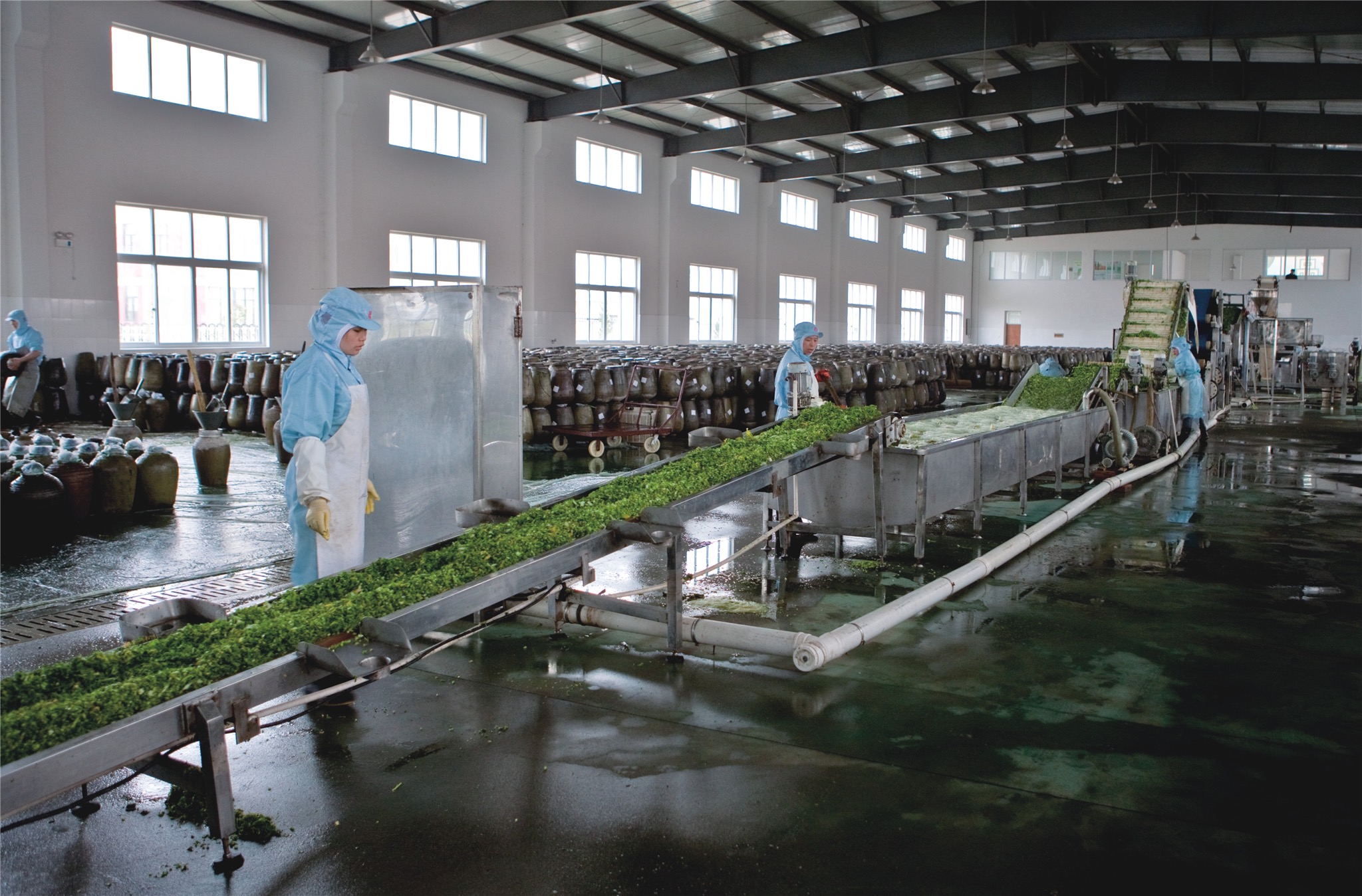 Cleaning The fourth step is cleaning: to wash away the soil, some unhealthy parasites, and the agricultural pesticide that are attached on the mustard so as to increase the safe level. In the four steps above, we have already done the pre-pickling steps.
Cleaning The fourth step is cleaning: to wash away the soil, some unhealthy parasites, and the agricultural pesticide that are attached on the mustard so as to increase the safe level. In the four steps above, we have already done the pre-pickling steps.
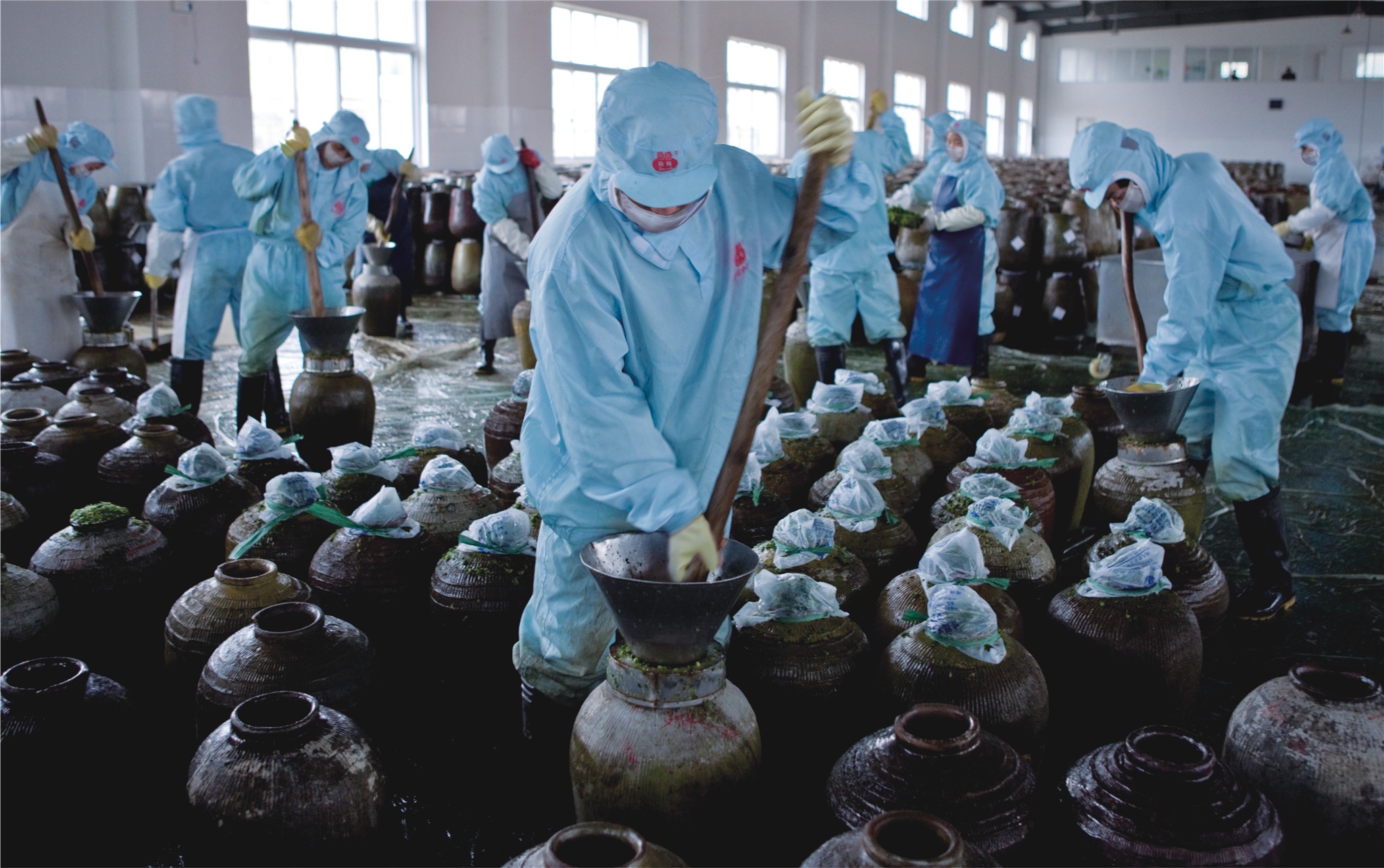 Upending Next come the most few important steps of pickles production, which will influence the final flavor. After cleaning, we enter into upending process. Here is the porcelain comes into story. We first put the mustard pieces layer into porcelain and than put appropriate amount of salt in it. We then add another layer of mustard, repeating it until it fills the porcelain. Then, we use a big stick to crush the mustard to make the water in mustard out. We have to fill the porcelain to leave no blank space for air since air may makes pickles go bad. At the end of upending, we turned over the porcelain in order to make it easier for pickling fermenting.
Upending Next come the most few important steps of pickles production, which will influence the final flavor. After cleaning, we enter into upending process. Here is the porcelain comes into story. We first put the mustard pieces layer into porcelain and than put appropriate amount of salt in it. We then add another layer of mustard, repeating it until it fills the porcelain. Then, we use a big stick to crush the mustard to make the water in mustard out. We have to fill the porcelain to leave no blank space for air since air may makes pickles go bad. At the end of upending, we turned over the porcelain in order to make it easier for pickling fermenting.
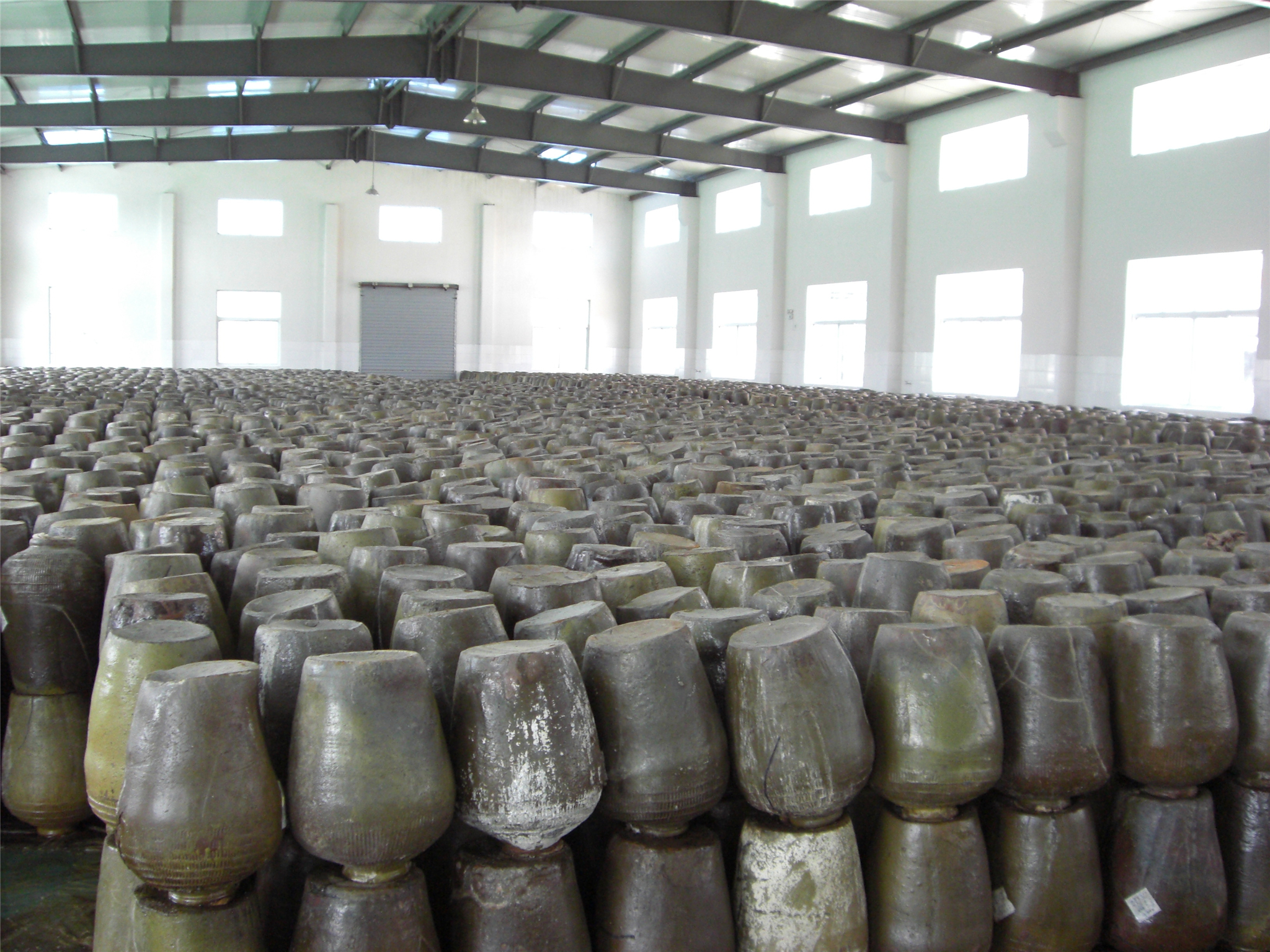 The sixth step is fermenting, usually the fermenting process takes 14 days. And that is when the taste of our product is formed. But due to the high concentration of nitrite compound, we have to wait for another 50 days to make the concentration of pickles into the safe standard level.
The sixth step is fermenting, usually the fermenting process takes 14 days. And that is when the taste of our product is formed. But due to the high concentration of nitrite compound, we have to wait for another 50 days to make the concentration of pickles into the safe standard level.
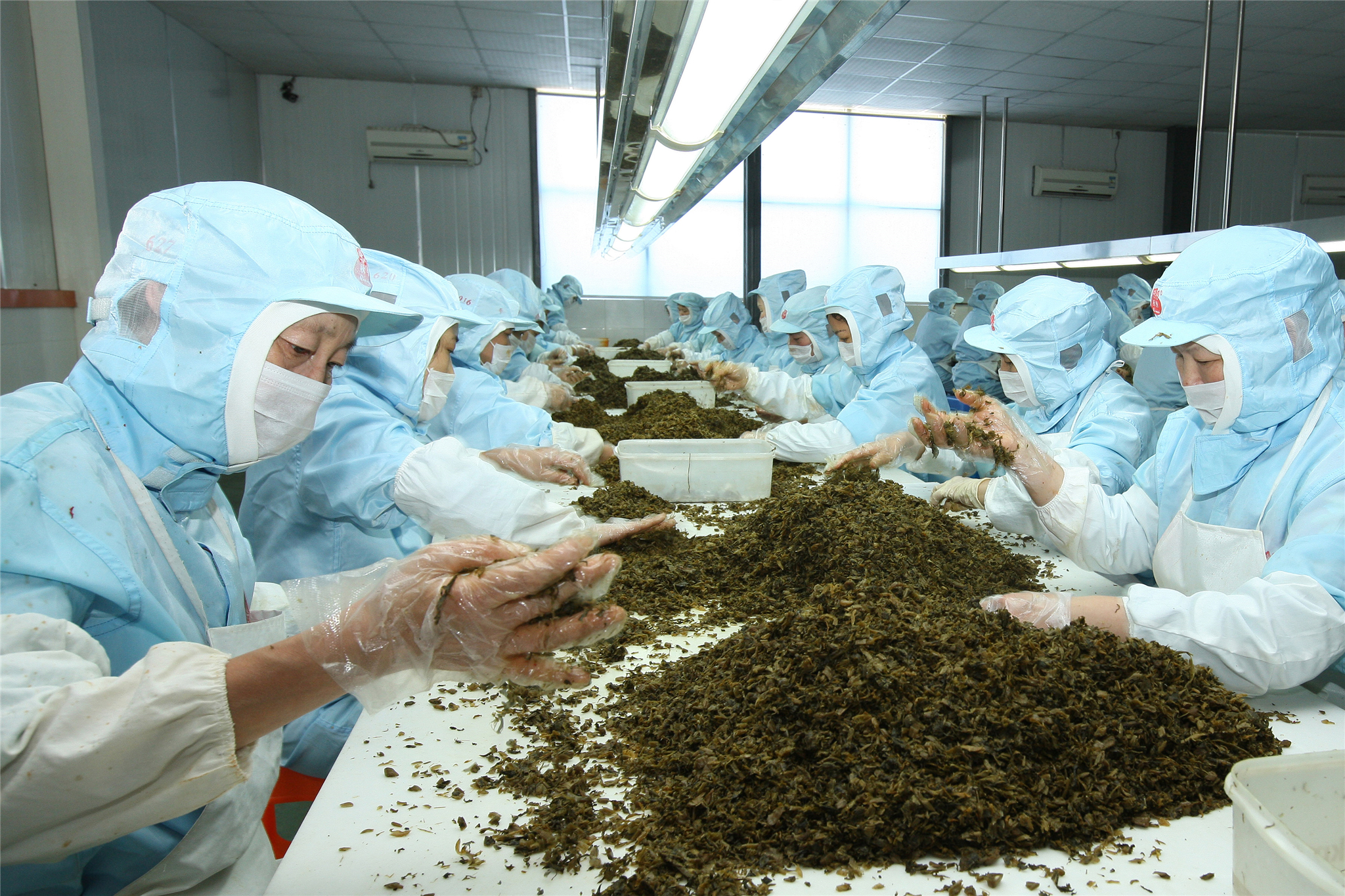 The seventh step is selection, we carefully measure the concentration of nitrite in every porcelain of pickles. Any pot of pickles that do not meet with the standard, we cannot sell the pickles in that porcelain.
The seventh step is selection, we carefully measure the concentration of nitrite in every porcelain of pickles. Any pot of pickles that do not meet with the standard, we cannot sell the pickles in that porcelain.
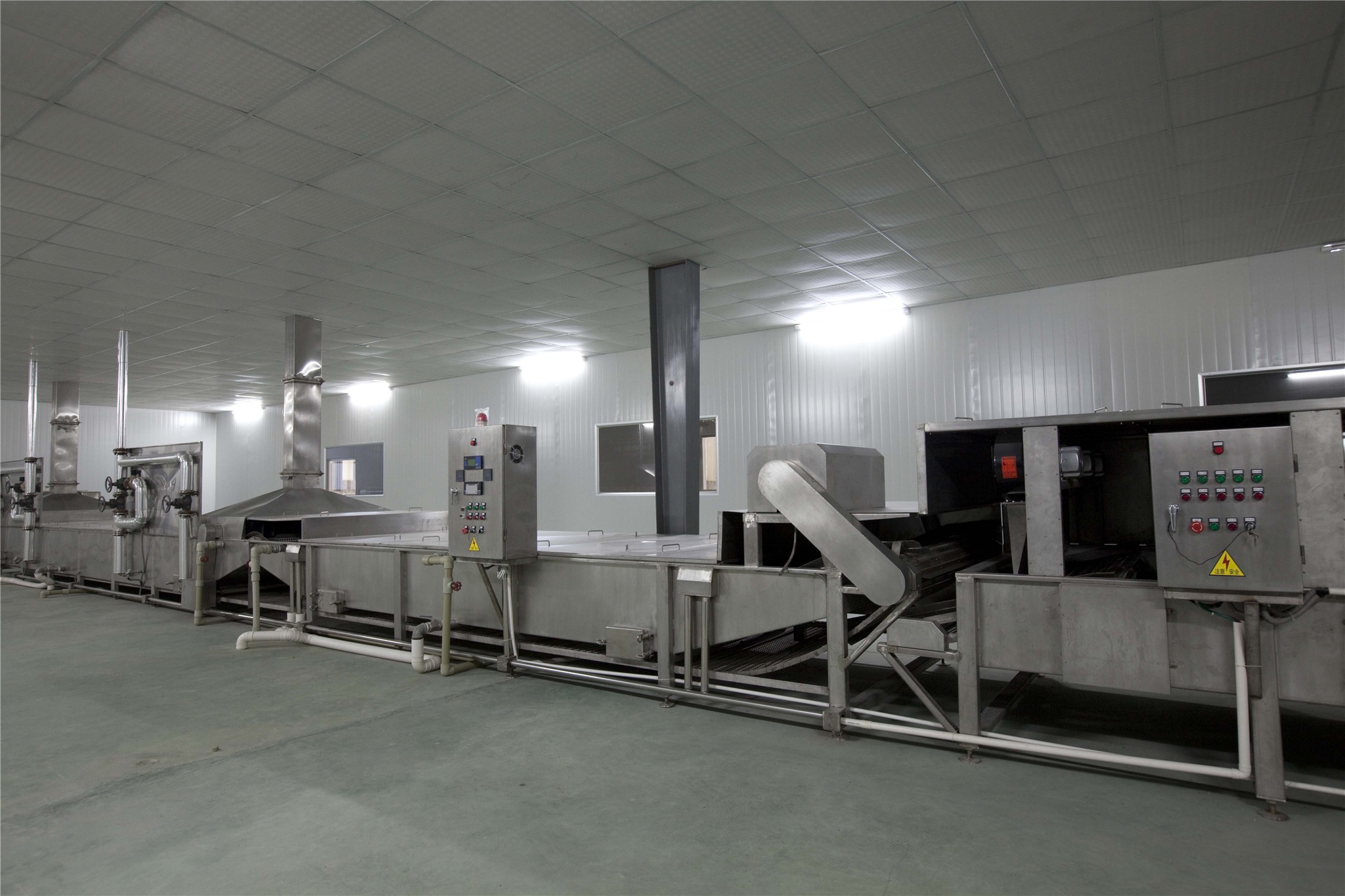 The eighth process is sterilization. In this step, we use heating method so as to kill some parasite and microbes in pickings. Remember, the porcelain is a paradise for some microbes, both good and bad.
The eighth process is sterilization. In this step, we use heating method so as to kill some parasite and microbes in pickings. Remember, the porcelain is a paradise for some microbes, both good and bad.
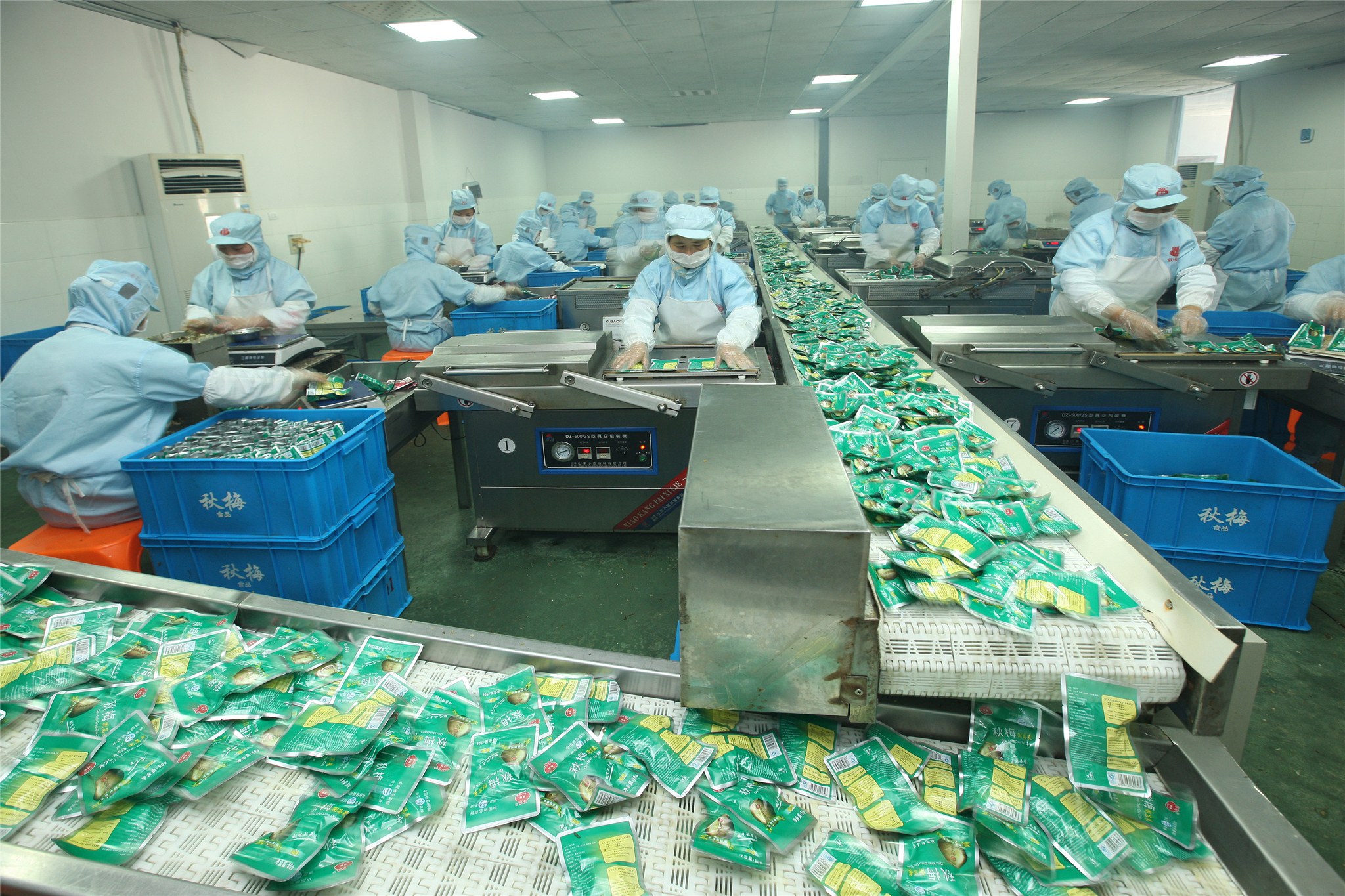 Next is packaging. We use air-tight package to prevent pickings from going bad and to seal the original good flavor of pickles. The outer packaging comes at last. We print our logo and the production date of the pickles on outer package so that the pickles can be put into market.
Next is packaging. We use air-tight package to prevent pickings from going bad and to seal the original good flavor of pickles. The outer packaging comes at last. We print our logo and the production date of the pickles on outer package so that the pickles can be put into market.
Industrial Specifics
After visiting Qiumei Food Corporation, we compiled out information about pickle production process to give a general idea of the industry. The fellowing is written in a worker's perspective for rhetorical purposes.As a worker in Qiumei Food Corporation, I recount on every process of pickle production to give you a more holistic view of how the pickles in our everyday life is made step by step. The first step to do is to harvest mustard—the fundamental ingredient of pickles. We have our own vast field grown solely Chinese mustard( it is not the US style mustard; it's much more like lettuce). Click the picture for further information.
Parameters
To solve this industrial specific problem, we listed several parameters to meet.Goal one
Our final product must be environmental friendly, any toxic residue that remained in the food is unacceptable.Goal two
The product must work faster than the nitrite's natural degradation rate in pickles. We set the maximum days for the enzyme to turn nitrite content under Chinese FDA's standard to be Three Days.Goal three
Our chassis selection must be wise, or it will be impractical to applied in industry (unable to convince consumers and FDA officers that our product is safe).Goal four
The device must be regulated: because we expecting our device to express several proteins(or one fusion protein) the constitutive promoter will cause too much pressure on the bacteria, and may even cause the bacteria not functional at all.Goal five
The product should work under pickle's storage temperature, because it will not be worth it if the Qiumei Food changed the storage temperature leading changed taste just to use our product.Our designs
Design concerning goal one
See our Enzyme page, we have selected three target enzymes to work with: NiR(catalyzing reaction of Nitrite ions to Nitrogen Monoxide), NOR(catalyzing reaction of Nitrogen Monoxide to Nitrous Oxide), nosZ(catalyzing reaction of Nitrous Oxide to Nitrogen and Oxygen).We believed the enzyme selection will form a reaction pathway: from NO2- to completely harmless nitrogen and oxygen. This is also know as substrate channeling.
Substrate channeling is the passing of the reaction intermediate of one enzyme directly to the active site of another enzyme without release into the bulk solvent. The use of molecular tunnels for the passage of reaction products provides a mechanism for the protection of reactive intermediates from the external medium, and the transit time for the movement is reduced. Moreover, it could prevent the release of unstable intermediates.
The substrate channeling of our project is as shown in the figure:
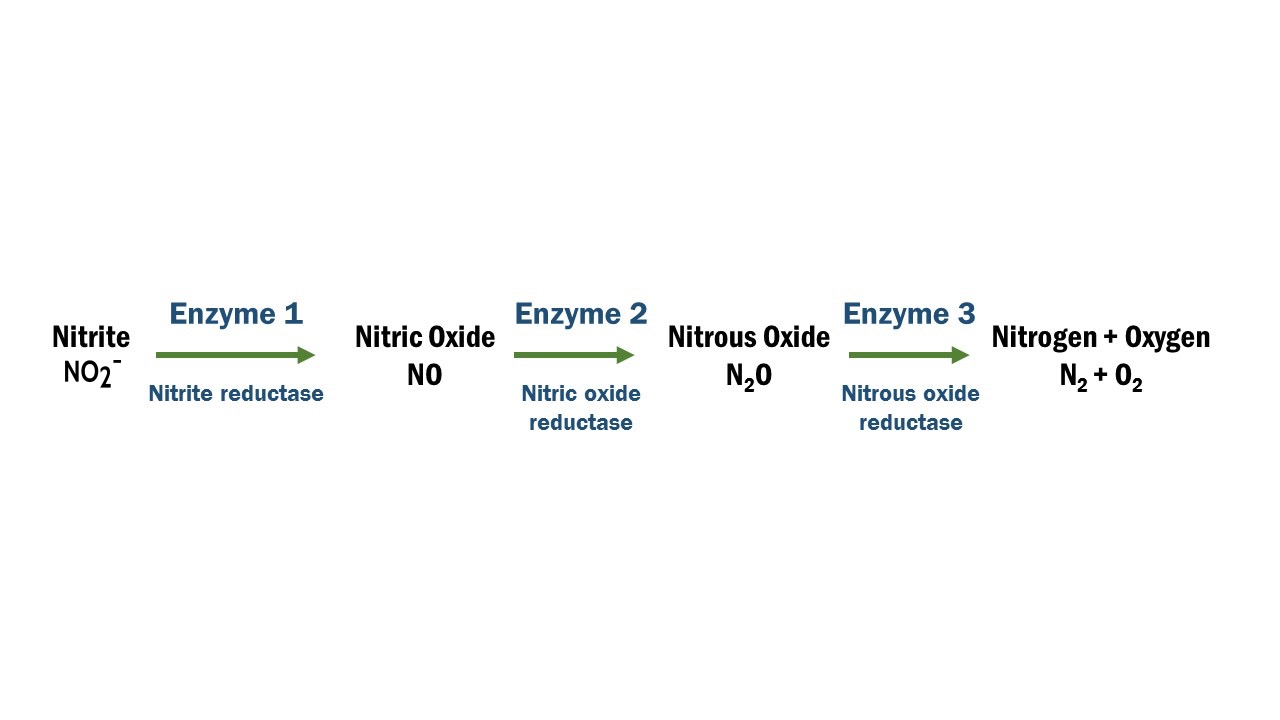 Furthermore, as can be seen in Enzyme page, the reaction rate of our first enzyme NiR(Nitrite Reductase) in the reaction pathway. The first enzyme NiR has much slower reaction rate compared with other two enzymes, so NiR becomes a limiting factor in the system which is perfect: its following enzymes can spontaneously process its product.
Furthermore, as can be seen in Enzyme page, the reaction rate of our first enzyme NiR(Nitrite Reductase) in the reaction pathway. The first enzyme NiR has much slower reaction rate compared with other two enzymes, so NiR becomes a limiting factor in the system which is perfect: its following enzymes can spontaneously process its product.
Design concerning goal two
As can be seen in our Performance page, our fusion protein NzFE(Nitrite Reduction Fusion Protein) when expressed in chassis $E.coli$ BL21 DE3, is ultimately able to eliminate 41%(in 16 °C for 39h) and 46%(in 25 °C for 39h) of nitrite in pickle extract.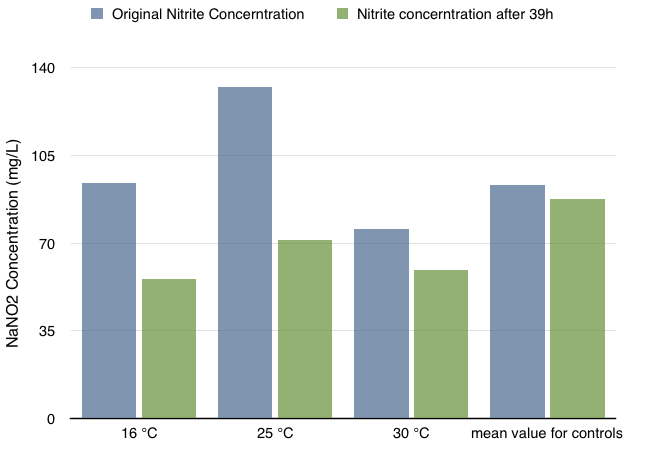
Design concerning goal three
Although to fully analyze our three target enzymes reactivities, we first use $E.coli$ as our chassis. Fully aware of the fact this is not a good choice for final product, we researched possible chassises for final product, and decided on using $B.substilis$. See Chassis Selection.Design concerning goal four
Since our trip to Qiumei Food suggested that the company keeps their storage in open air to dry their vegetables after fermentation, it is best we choose promoter responsive in aerobic conditions. We inquired the CEO of Qiumei Food whether it is technically feasible to place the vegetable after fermentation in anaerobic without affecting the quality of the product, and while she said it is completely possible, we realized the metabolic product of our chassis under anaerobic condition (eg. alcohol for yeast, lactic acid for $L.bacillus$) will change the favor of Daodie Chai(Qiumei's pickle product).For all these reasons, we chose promoter Pyear, see our Genetic Circuit page. Pyear is the only $E.Coli$ promoters responsive to nitrate and nitrite under aerobic conditions, and to test its characteristics, we constructed several sensors.
The promoter is constitutively repressed by protein NsrR, and will open for transcription if any of nitrite, nitrate, nitric oxide is present. This is perfect for our design: though nitrite is not sufficient to activate the transcription, there is always enough nitrate in the pickles.
Design concerning goal five
Qiumei Food's storage temperature is 25 °C, and our fusion enzyme working under this condition performed the best compare to in 16 °C and 30 °C.Reference
1 |
Huang X, Holden H M, Raushel F M. Channeling of Substrates and Intermediates in Enzyme-Catalyzed Reactions[J]. Annual Review of Biochemistry, 2001, 70(1):149. |
2 |
Lin H, Bledsoe P V. Activation of yeaR-yoaG operon transcription by the nitrate-responsive regulator NarL is independent of oxygen- responsive regulator Fnr in $E. coli$ K-12.[J]. Journal of Bacteriology, 2007, 189(21):7539. |

